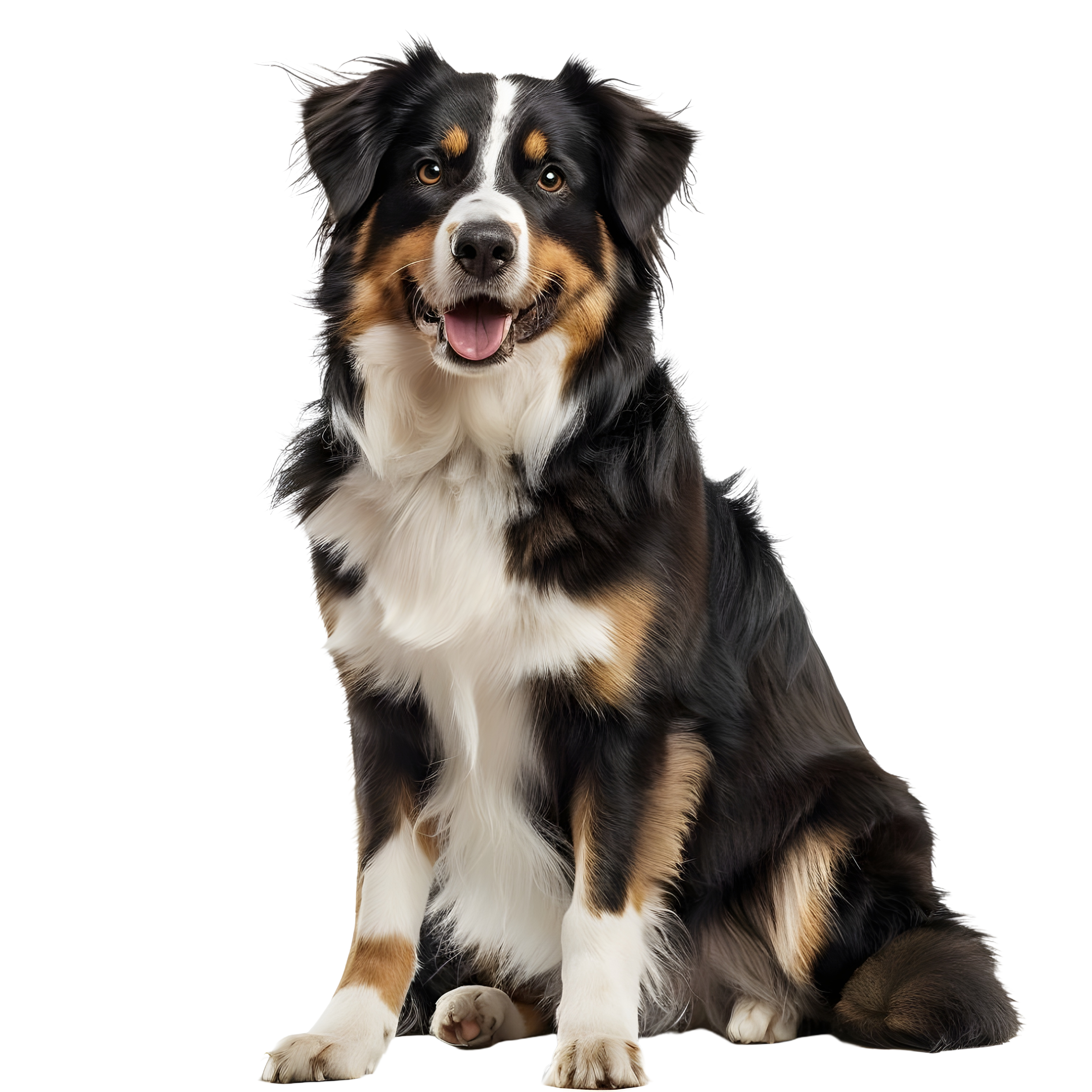How to Socialize Dogs and Children
 Dogs and kids can be a really big part of life, but if the two don’t know how to get along the fur can really fly. Whether you are bringing home a newborn baby to a household with a dog or introducing a puppy to a household full of kids, it is important to prepare everyone. Socializing your dog and teaching your kids how to behave around dogs will help them interact safely and build a lasting bond. Introducing a New Puppy at Home Bringing home a new puppy is an exciting experience, but it is hard work. A puppy is completely reliant on you for care, not unlike a small child. In a home with kids and a puppy, it is important to:
Dogs and kids can be a really big part of life, but if the two don’t know how to get along the fur can really fly. Whether you are bringing home a newborn baby to a household with a dog or introducing a puppy to a household full of kids, it is important to prepare everyone. Socializing your dog and teaching your kids how to behave around dogs will help them interact safely and build a lasting bond. Introducing a New Puppy at Home Bringing home a new puppy is an exciting experience, but it is hard work. A puppy is completely reliant on you for care, not unlike a small child. In a home with kids and a puppy, it is important to:
- Supervise interactions. Dogs and kids are unpredictable, especially at a young age. In the initial stages of puppy training, you should always supervise interactions to ensure neither the child or the puppy gets hurt. Keep in mind the age of the dog and the children. Never leave a newborn or a toddler alone with a puppy. If you have older children who can participate in training and caring for the dog, use your best judgment on when it is appropriate to allow them unsupervised time together.
- Focus on positive experiences. Early experiences in a puppy’s life can shape behavior patterns for its entire life. With that in mind, you want to ensure the puppy’s interactions with kids are positive. Use treats and fun training exercises to help them grow accustomed to children.
- Make the process gradual. Don’t try to make the process happen overnight. The American Kennel Club recommends gradually introducing the puppy to new stimuli.
Socializing Adult Dogs and Kids If you are bringing how a new baby or bringing an adult dog into a household with kids, it will take time to allow everyone to safely adjust.
- Be patient. Don’t try to force interactions. Instead, gradually introduce your dog to your kids one at a time. Try going on a short evening walks together, or supervise interaction in a safe space at home. If your dog shies away, allow him or her to retreat to a quiet, safe spot.
- Use treats. No matter the age of your dog, treats are a great tool for positive reinforcement. Show your kids how to use treats to reward good behavior.
- Watch for signs of possessiveness. Dogs that aren’t used to sharing their owners attention and affection with a new kid may become increasingly possessive. Watch for this behavior and strongly discourage it. It can be helpful to set aside some time each day to exercise your dog.
Teaching Kids Proper Dog Etiquette Learning how to behave around dogs is an important life lesson, whether or not you have a pet at home. Pet owners are responsible for ensuring their dogs are well-behaved in public, but parents should teach their kids how to safely interact with animals. A few simple rules can reduce the risk of bad experiences.
- Always ask first. Most kids love dogs and immediately want to pet them. While a natural instinct, it should be taught from an early age to always ask an owner before approaching a dog. Some dogs may not be used to children or strangers. Allowing dogs a good introductory sniff before trying to touch them is always a good rule of thumb.
- Be gentle. Young children are still learning how to control their motor skills and interact with the world. They probably do not intend to hurt a dog by pulling on their ears, fur, and tail, but it can elicit an aggressive response from the dog. Show children how to pet with gentle, open-palm strokes.
- Do not take food or toys. Kids may be taught to share, but dogs aren’t always in on the lesson. Talk to your kids about never trying to take food or toys away from a dog, especially a strange dog.
- Avoid startling dogs. Kids love to run around and be loud. At home with a well-trained family dog, this could be no problem at all. If you are in an environment with strange dogs, say a dog park, it is important that kids limit startling behavior like yelling and sudden motion. You do not know how strange, off-leash dogs will respond to being frightened.
A final piece of advice, a well-exercised dog is usually a well-behaved dog. While you are juggling the responsibilities of raising kids and taking care of a dog, you sometimes need a little help.
Have you found this article informational? Please share on Facebook, Twitter, and other social media outlets! Definitely subscribe to our newsletter if you haven't already! You just might have a friend or relative who might find this information helpful.
Written by Carrie Pallardy


